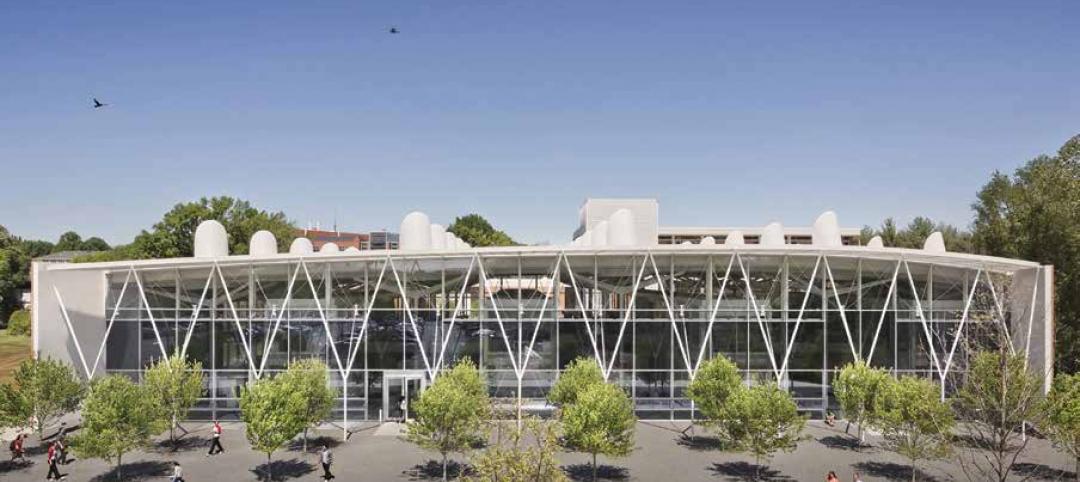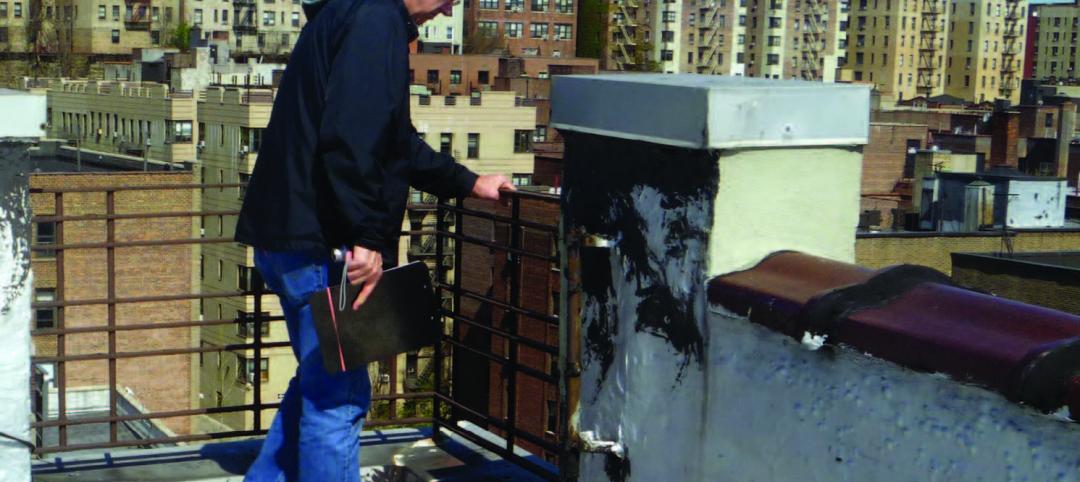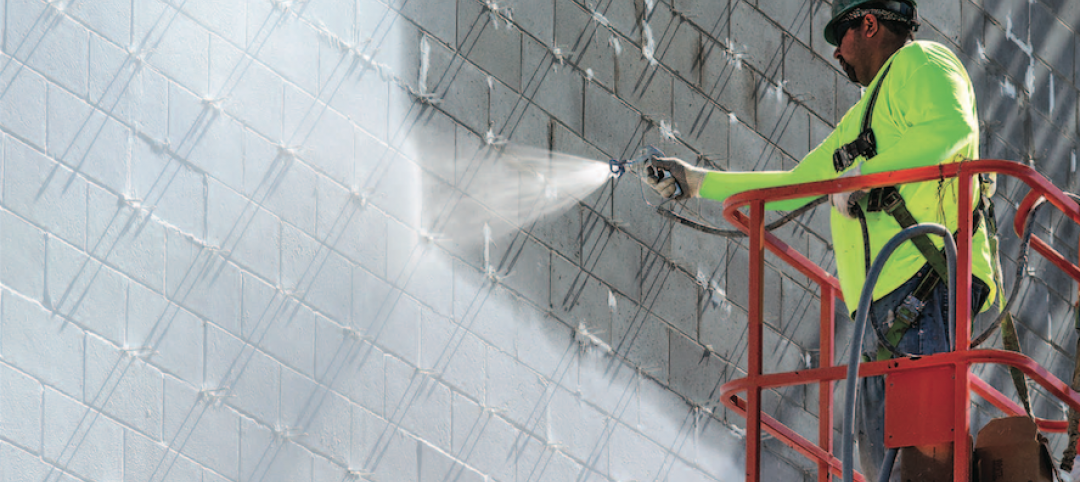We may think of the building envelope as an inanimate object, but in reality its components can be quite mobile. Building materials grow, shrink, shift, bulge, deform, and elongate in response to stresses and fluctuations in the environment, and these dimensional changes often impose strain on adjacent elements.
Where the forces of movement are not foreseen during design and construction, evidence of the struggle will emerge, in the form of cracks, spalls, displacement, broken glass, warped metal, and, eventually, breakdown of the assembly.
Failure to anticipate and allow for movement in building materials compels imparted stresses to fi nd their own path to release, which is nearly always an undesirable one. Not only are cracks unsightly, they also open pathways for moisture penetration into the building enclosure, which compounds the problem as materials swell or corrode, placing further outward pressure on adjoining components.
To design for movement in the building envelope is to identify the properties of the materials used in construction, as well as the environmental and siting conditions of the building, and to develop a design that either minimizes or allows for such movement.
After you have read and studied the text, you should be able to:
• Identify causes of dimensional changes in building envelope elements.
• Describe strategies for accommodating movement in the building enclosure.
• Distinguish among types of movement joints, including construction joints, control joints, and expansion joints.
• Explain the effects of differential movement in building envelope materials and discuss methods for permitting independent movement.
TAKE THIS FREE AIA CES COURSE AT BDCUNIVERSITY.COM
Related Stories
BD+C University Course | Apr 8, 2019
See-through and safe: Innovations in fire-rated glazing [AIA course]
From glass floor systems to large-scale glazing installations, experts share the latest trends, advancements, and applications for fire-rated glazing and fire-resistive barriers in commercial buildings.
BD+C University Course | May 24, 2018
Building passively [AIA course]
17 tips from our experts on the best way to carry out passive house design and construction for your next multifamily project. This AIA CES course is worth 1.0 AIA LU/HSW.
BD+C University Course | Apr 12, 2018
Meeting the demand for high-efficiency façades [AIA course]
On a national scale, the impetus to improve building energy performance is manifest in the latest and most far-reaching model energy code from the International Code Council.
BD+C University Course | Jan 2, 2018
The art and science of rendering: Visualization that sells architecture [AIA course]
3D artist Ramy Hanna offers guidelines and tricks-of-the-trade to ensure that project artwork is a stunning depiction of the unbuilt space.
BD+C University Course | Aug 23, 2017
AIA course: New steel systems add strength and beauty
Advances in R&D are fostering new forms of structural and aesthetic steel.
Building Enclosure Systems | Jul 26, 2017
Balcony and roof railings and the code: Maintain, repair, or replace? [AIA course]
Lacking familiarity with current requirements, some owners or managers complete a roof or balcony rehabilitation, only to learn after the fact that they need to tear noncompliant railings out of their new roof or terrace and install new ones.
Building Enclosure Systems | Dec 12, 2016
The 100-year enclosure: Strategies for heat-air-moisture control
Should institutional and commercial buildings be built to last 100 years? Why not? There are plenty of examples that have performed well for a century or more.


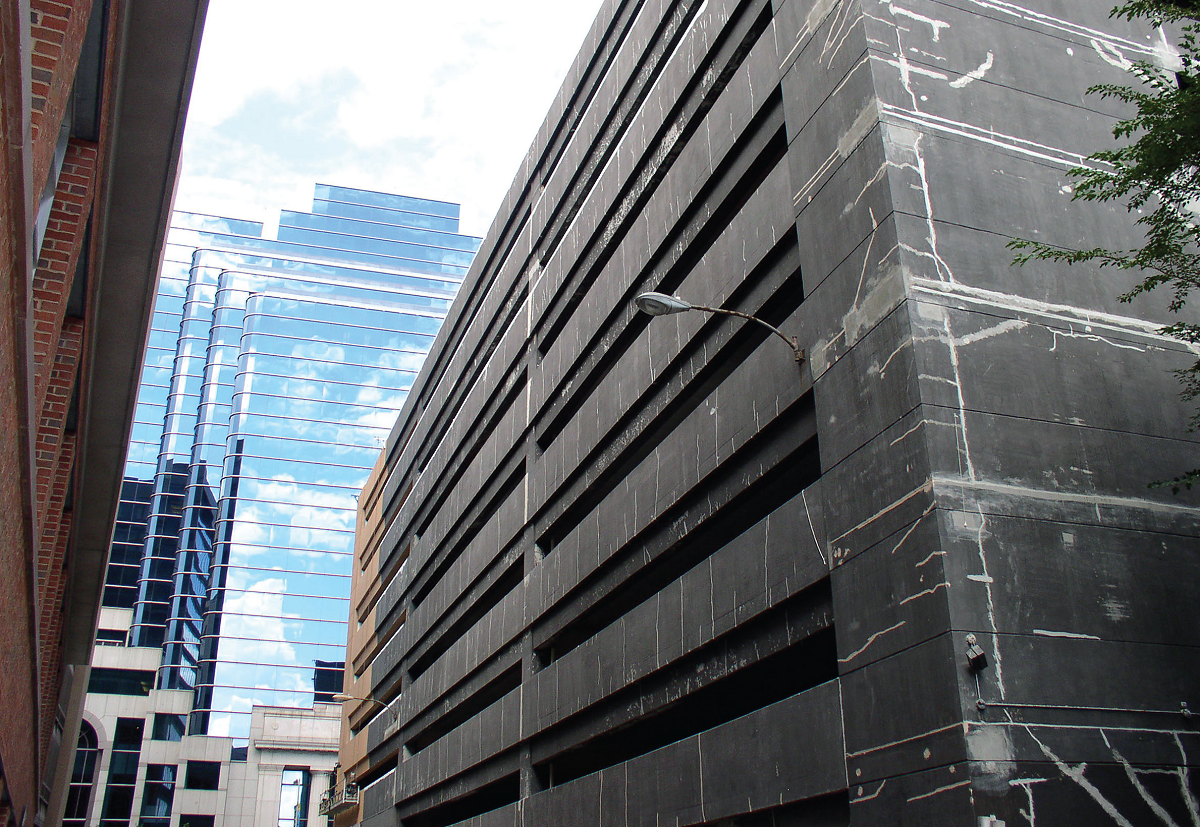
![See-through and safe: Innovations in fire-rated glazing [AIA course] See-through and safe: Innovations in fire-rated glazing [AIA course]](/sites/default/files/styles/list_big/public/SAFTI%20FIRST%20final%201.jpg?itok=m8pdw17S)
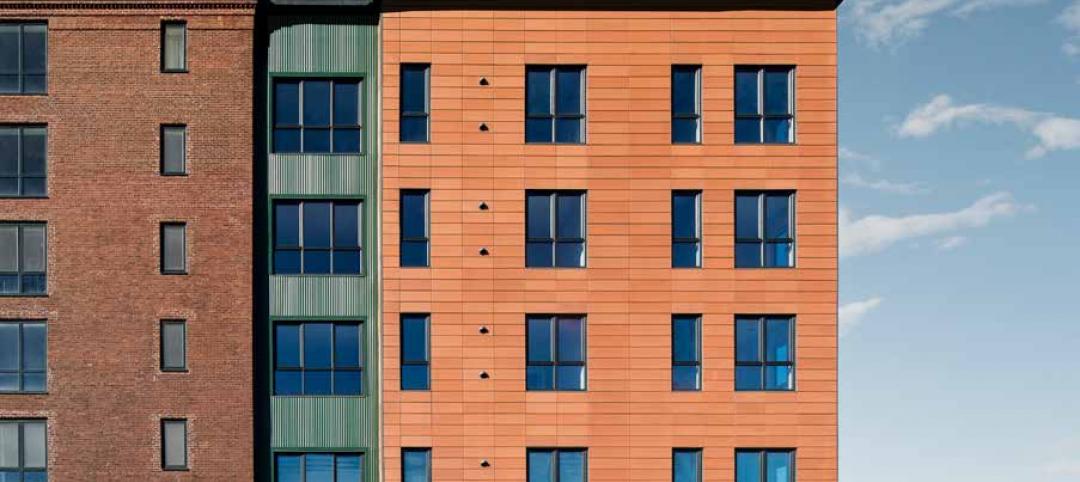
![Meeting the demand for high-efficiency façades [AIA course] Meeting the demand for high-efficiency façades [AIA course]](/sites/default/files/styles/list_big/public/AIA_BDC1217.jpg?itok=SOjPFpxR)

